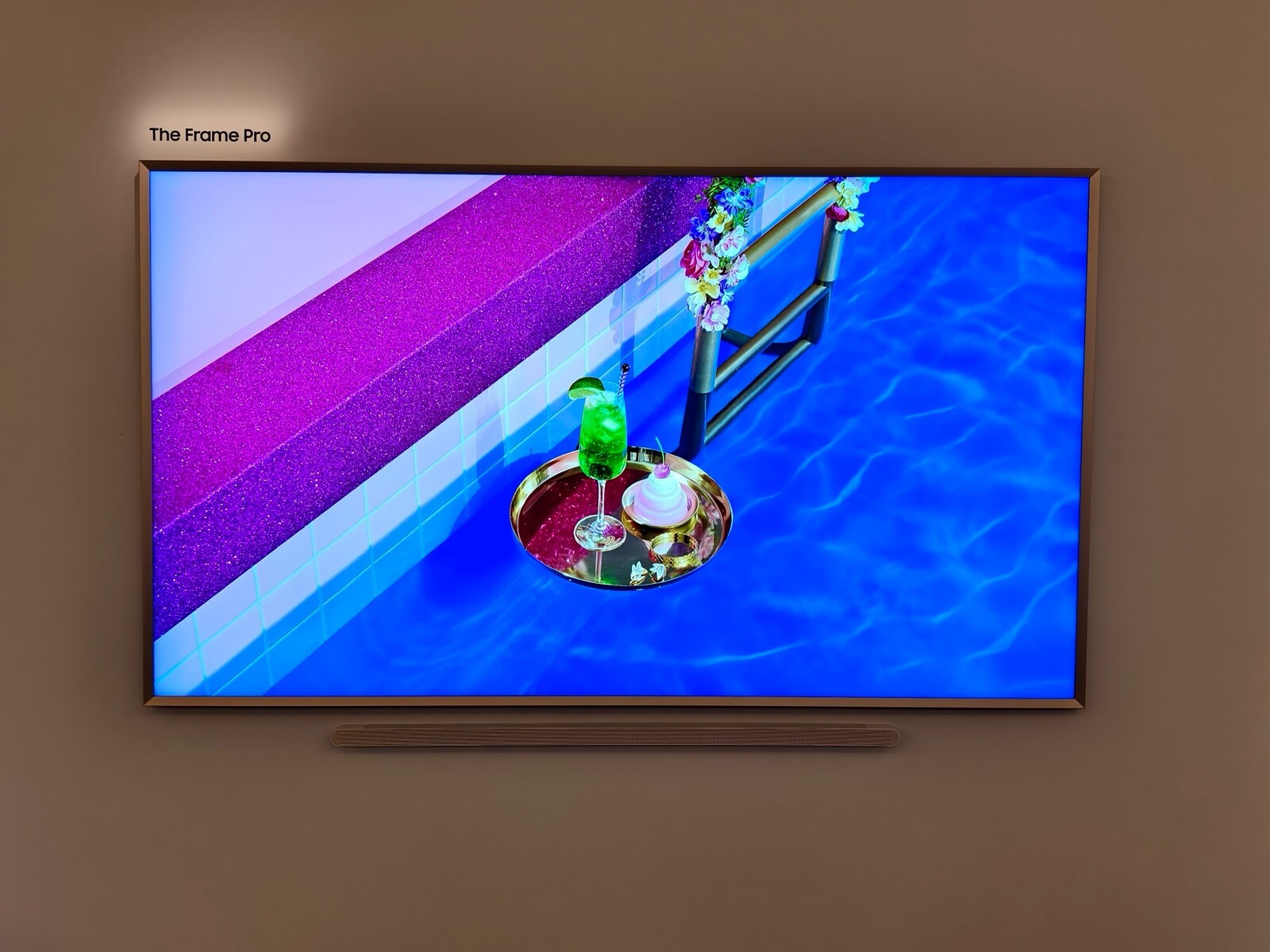The saga of NASA’s Cassini spacecraft is nearing its conclusion, but the craft continues to send amazing pictures of the only ringed planet in the solar system. The ship which has completed 20 years travelling across the vast expanse of space will end its life by plunging into the planet in September 2017.
The Cassini spacecraft will enable scientists and astronomers to know in greater details about the particles and gas molecules which are present in the rings of Saturn. Cassini will start what its mission controllers call the Ring Grazing orbits. This new phase which began on November 30th and twenty of these weeklong orbits will see the craft zigzagging past the edges of the planet’s main rings. This is also the region where the moons of the planet orbit.
Carolyn Porco heads Cassini imaging team at the Space Science Institute in Boulder, Colorado. Porco added that it is the culmination of a bold and daring adventure around the solar system’s most magnificent planet. The craft has survived many close calls and has enriched our information about the ringed planet.
The craft sent some incredible pictures which were never available earlier with such clarity. The craft sent some amazing pictures as it passed near the outer edges of Saturn’s main rings. The picture also gave the first clear images of the planet’s the North Pole where a giant storm has been raging in the form of a hexagon-shaped jet stream. Every side of the hexagon is as wide as the Earth.
The craft also took pictures of the planet’s Northern Hemisphere and its rings. The camera aboard the craft took pictures with different filters, Each sensitive to different wavelengths of light. The craft also took pictures of Tethys, the fifth largest moon of Saturn. It also revealed its biggest impact crater named Odysseus Crater. It is 250 miles in diameter and is two-fifths of the moon itself.








